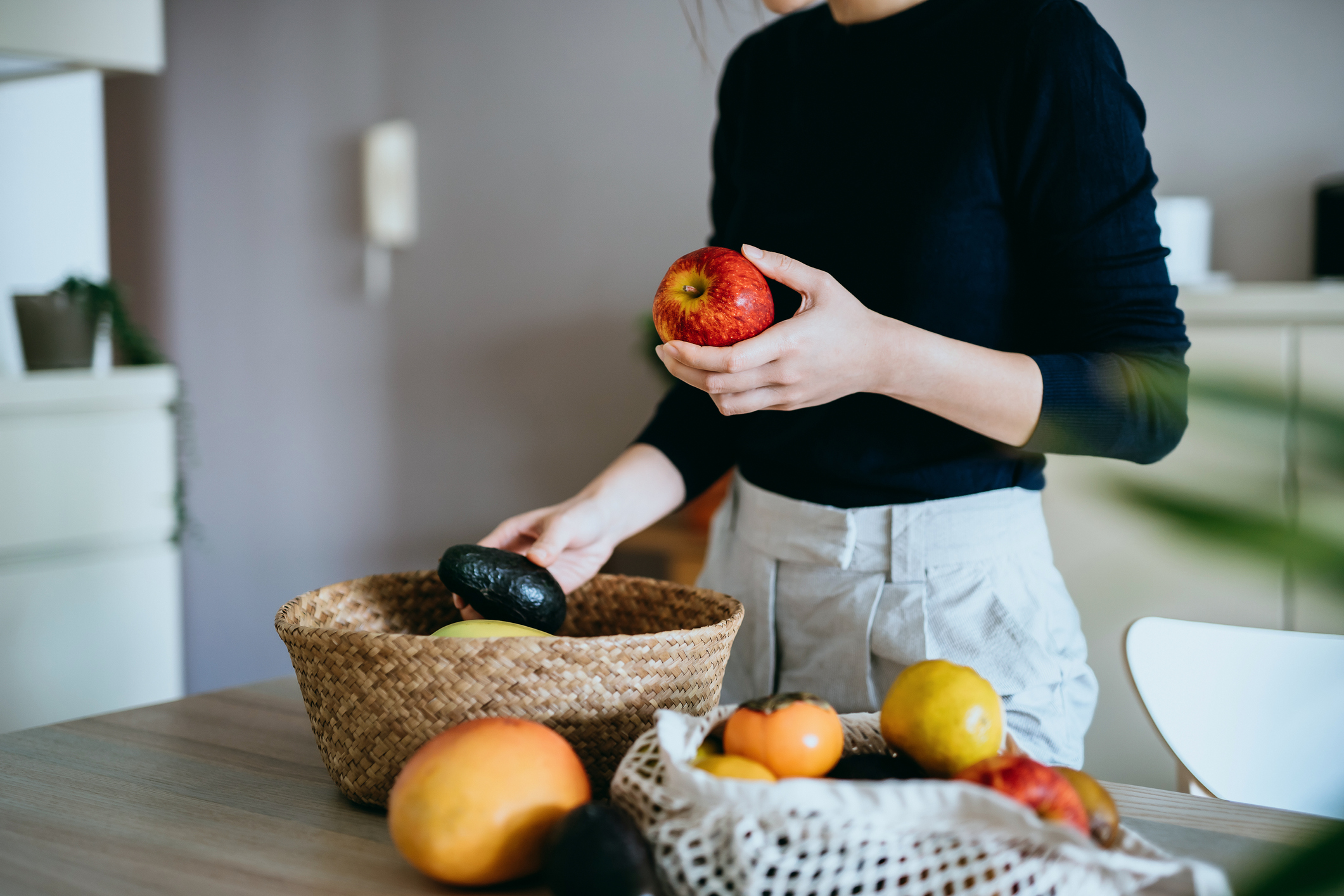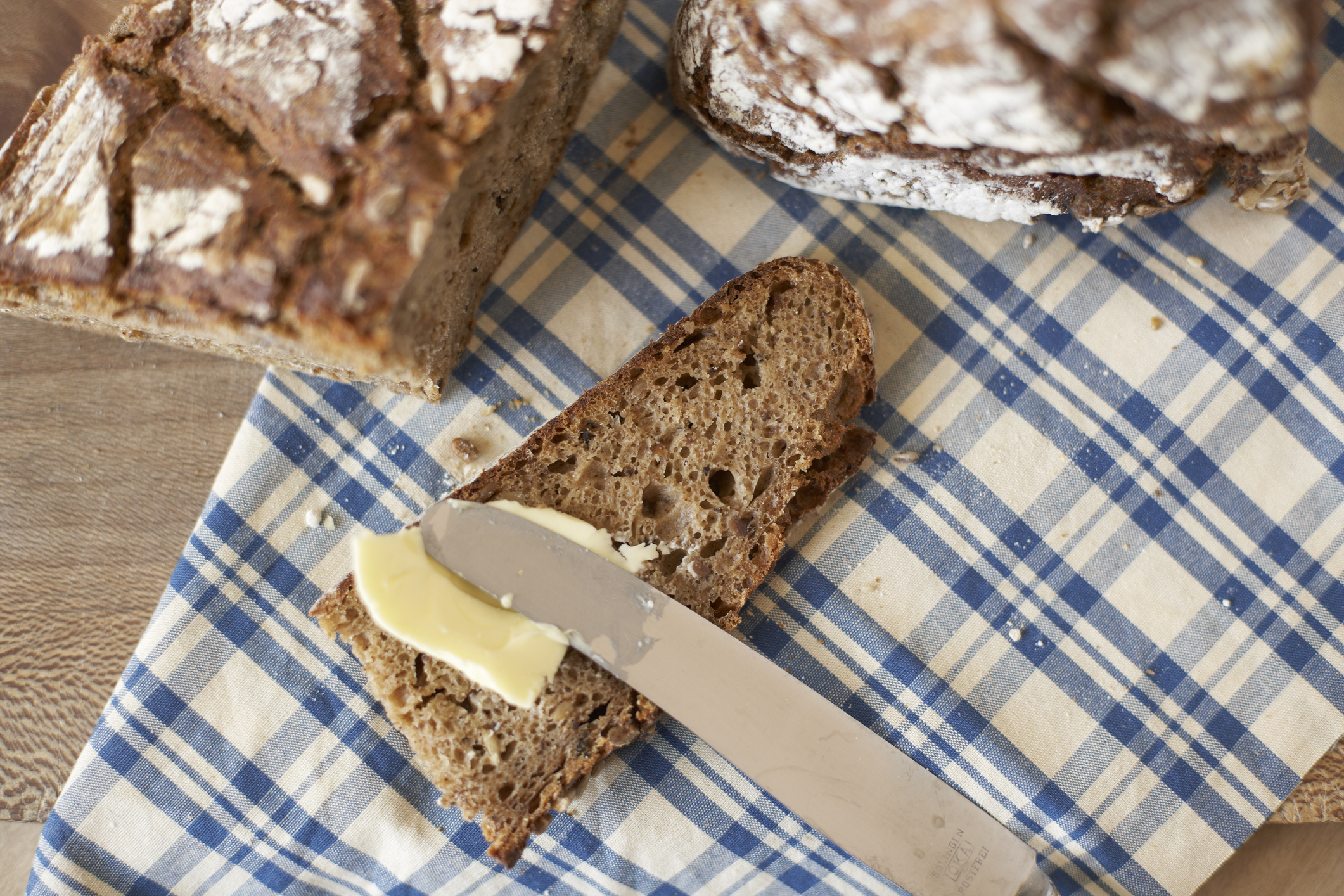What is diverticulitis and could the diverticulitis diet help you?


Full of high fibre foods including fruits, vegetables and cereals, the diverticulitis diet aims to help with the symptoms of diverticular disease.
Diverticular disease, otherwise known as diverticulitis, is an infection that occurs when the diverticular (pockets that can develop in the lining of the intestine as you get older) become inflamed. It's a painful condition that's made worse with particular foods, such alcohol and those containing spice, among other day-to-day foods.
Much like the gastritis diet and the gluten-free diet, this food plan aims to reduce swelling and make eating more comfortable.
What is the diverticulitis diet?
The diverticulitis diet is a nutritional therapy programme recommended by many doctors to those who have diverticula disease, to prevent it developing into the more severe diverticulitis.
Diverticulitis is a common condition, affecting one in 10 adults over the age of 45. The best way to manage it is through an appropriate eating plan, gut-health charity Guts UK! says. "The main treatment is to keep stools relatively soft and bulky. This may reduce the likelihood of more diverticula developing and may reduce the risk of hard pellets of faeces lodging within the pouches.

"The best way to do this is to eat more fruit and vegetables, nuts, wholemeal bread and pasta, wholegrain cereals and brown rice, which are all good sources of fibre. The aim is to have at least one high fibre food with each meal, five portions of fruit or vegetables per day and try to drink at least two litres (eight to ten cups) of fluid every day."
Bulgur wheat, another healthy alternative to bread and pasta, is also a good food to include for variation.
Parenting advice, hot topics, best buys and family finance tips delivered straight to your inbox.
While most people with diverticula don’t experience any symptoms (diverticulosis), others have lower tummy pain and are symptomatic (diverticula disease). If the diverticula go on to become inflamed or infected, causing more severe symptoms - such as severe stomach pain, a high temperature or diarrhoea or constipation – then it becomes diverticulitis.
So if you're currently someone who has more of a low fibre diet and aren't prioritising this important food group, it's time to make the change.
Here’s what to eat on a sample day following the diverticulitis diet…
Breakfast
- Fruit juice
- Wholemeal bread or toast with boiled egg, or spread (butter, jam without pips etc)
Lunch
- Tuna sandwich with wholemeal bread
- Plain or flavoured yoghurt (avoid fruit yoghurts with pips)
- Piece of fruit

Dinner
- Vegetable soup
- Chicken with steamed potatoes (without the skin) and vegetables.
- Fruit
What foods trigger diverticulitis?
If you have been diagnosed with diverticulitis then the diverticula are already inflamed, so you should stay away from high-fibre foods as these are likely to trigger further irritation.
The NHS suggests to avoid nuts, popcorn and seeds such as sunflower, caraway, pumpkin and sesame seeds, to reduce the risk of blockage or irritation. It’s also suggested that you avoid foods with a high FODMAP, including fruits like apples, pears and plums, dairy and fermented foods, beans, cabbage, brussel sprouts, onions and garlic. You should also stay away from any red meats.
If you have diverticula disease, you should eat a high-fibre diet consisting of 30g of fibre per day, avoiding processed foods.
Vegetables to avoid on the diverticulitis diet
Some vegetables are also restricted if you already have diverticulitis, as they are particularly high in fibre. As advised by the NHS, it’s best to avoid the following vegetables:
- Cucumber
- Radishes
- Whole tomatoes
- Peas
- Lentils
- Peppers
- Onions
- Sweet corn
- Beansprouts
- Broad and baked beans
- Jacket potatoes
If you experience a flare up of diverticulitis, it's advised to steer completely clear of solid foods to ease pressure on the digestive system. Instead, the NHS advises that people experiencing a flare up should maintain a fluid-only diet for a few days or until symptoms subside.

Then, in the next couple of days while you are recovering, you should stick to very low-fibre foods in order not to irritate your digestive system.
Once the symptoms have fully subsided, you can return to a regular, higher-fibre diet. From here you should aim to eat about 30g of fibre a day, according to NHS guidelines.
What causes diverticulitis?
Diverticula normally develop when weak places in the colon give way under pressure, allowing the diverticula to come through the colon wall. This happens, according to Guts UK! when stools become "small and hard" instead of "soft and bulky".
They have difficulty passing through the intestine as it has to squeeze much harder than usual to push them along. It's these contractions creating high pressure over a long period of time that weakens the lining of the colon, resulting in diverticular disease.
What other factors can cause diverticulitis?
The National Institute of Diabetes and Digestive and Kidney Diseases also suggests that genes play an important role, with some studies suggesting that people are genetically more likely to have the condition if someone else in their family has developed it.

Obesity, smoking and a lack of exercise have also been shown to increase the likelihood of diverticulitis.
How do you stop a diverticulitis flare up?
If you have diverticulitis and have recovered from a recent flare up, the way to avoid another one is through your diet.
- Eat more vegetables and fruit. These are high in fibre, which helps to avoid a flare of diverticulitis, but be careful not to introduce high fibre into your diet suddenly.
- Drink plenty of fluids. Aim for eight glasses of water a day to ensure you’re staying hydrated.
- Avoid refined and processed foods.
- Increase exercise. This can help to encourage regular bowel movements, which are important for avoiding a diverticulitis flare up.
As with all severe changes in your health, you should consult your doctor first. If you have not been previously diagnosed with diverticular disease or diverticulitis, then you may need to be tested for the disease.
What other treatments are there for diverticulitis?
According to Guts UK! there are two other possible treatment options for diverticulitis...
Medicines
While there is no specific medical treatment for the symptoms of diverticular disease, supplements which contain fibre such as ispaghula husk or methyl cellulose will help soften the stools. If in doubt, consult your pharmacist.
Some doctors might prescribe an antispasmodic drug, says the charity but they say that the results are often disappointing.
Surgery
Surgery for diverticulitis is often only done after an episode of inflammation, says Guts UK!, because an abscess has formed around the colon or an infection from the diverticula has spread through the abdomen.
The surgery involves cutting out a segment of the infected bowel, then one of the bowel is brought up to the skin as a stoma where the bowl content comes into the bag. It's a treatment that can be reversed at a later date if the inflammation isn't too severe and the bowel can be joined back together.

Grace Walsh is a health and wellbeing writer, working across the subjects of family, relationships, and LGBT topics, as well as sleep and mental health. A digital journalist with over six years experience as a writer and editor for UK publications, Grace is currently Health Editor for womanandhome.com and has also worked with Cosmopolitan, Red, The i Paper, GoodtoKnow, and more. After graduating from the University of Warwick, she started her career writing about the complexities of sex and relationships, before combining personal hobbies with professional and writing about fitness.